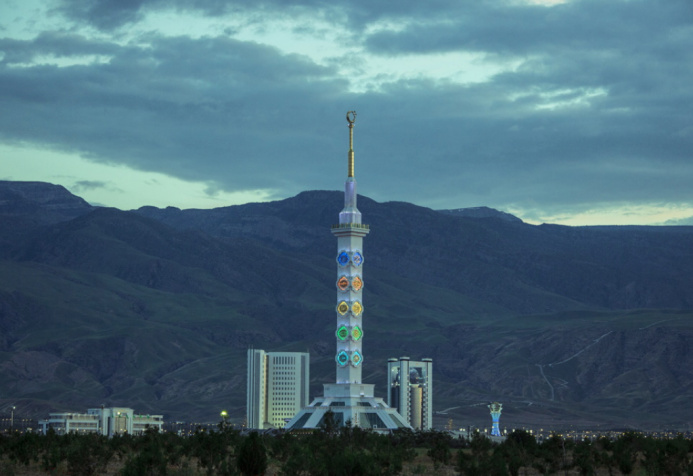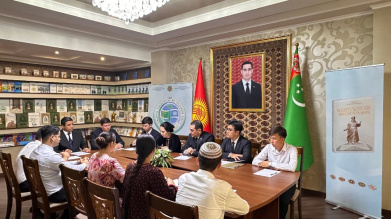How the Constitution of Turkmenistan was developed
05.11.2022 | 14:24 |The Constitution of independent Turkmenistan was adopted on May 18, 1992 and published on December 12 of the same year. This date marked the beginning of the formation of the state foundation of Turkmenistan.
In general, the first Constitution outlined the capabilities, system features and priorities of the Turkmen state. Over the 31 years of independence, it has been amended 7 times, which is due to the rapid evolution of political thought in the country.
And despite the changes made, in general, sections I and II (on the state structure and the rights and duties of citizens) continue to be protected, not counting the amendments of 2016, which did not change section II, but supplemented it. The amendments mainly concerned the adjustment of the political orientation and system, as well as administrative and economic issues.
Chronology of amendments to the Constitution of Turkmenistan:
– 1995 – amendment emphasizing the status of permanent internationally recognized neutrality of Turkmenistan, which determined its foreign policy doctrine,
– 1999 – amendment on the abolition of the death penalty,
– 2003 – amendment defining the powers and provisions of the Halk Maslahaty of all administrative levels,
– 2005/6 – amendment according to which a representative of any nationality could become president of Turkmenistan, as well as an amendment on the transfer of the powers of appointing mayors from the Halk Maslahaty to the president,
– 2008 – amendments on the transformation of the Halk Maslahaty and the distribution of its powers between the Mejlis (Parliament) and the Cabinet of Ministers of Turkmenistan,
– 2016/17 - the largest amendment to the Constitution, which included additions to the sections on the rights and freedoms of citizens with 11 articles; priority was concentrated on international law, gender equality and economic freedoms, the term of office of the president was increased from 5 to 7 years,
– 2020/21 – amendment on the creation of a bicameral parliament (Milli Gengesh) consisting of the Halk Maslahaty (upper house) and the Mejlis (lower house); the organization, structure, formation procedure and composition of the Halk Maslahaty are defined; legislative initiative and lawmaking are distributed and democratized.
Such modernization was able to build a stable architecture of constitutional and, consequently, state security. The Constitution, consisting of 142 articles and 8 sections, dominates the "pyramid of laws", being at its very top and distributing the sources of power among all its units and normative documents.
Арслан МАМЕДОВ
Photo: from the editorial archive











